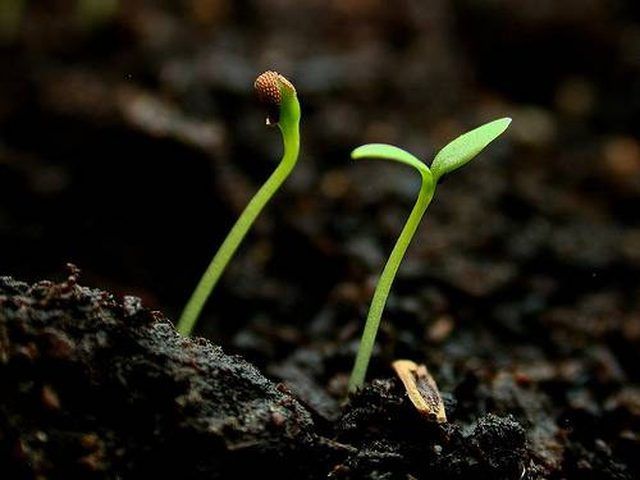Bulbs
Flower Basics
Flower Beds & Specialty Gardens
Flower Garden
Garden Furniture
Garden Gnomes
Garden Seeds
Garden Sheds
Garden Statues
Garden Tools & Supplies
Gardening Basics
Green & Organic
Groundcovers & Vines
Growing Annuals
Growing Basil
Growing Beans
Growing Berries
Growing Blueberries
Growing Cactus
Growing Corn
Growing Cotton
Growing Edibles
Growing Flowers
Growing Garlic
Growing Grapes
Growing Grass
Growing Herbs
Growing Jasmine
Growing Mint
Growing Mushrooms
Orchids
Growing Peanuts
Growing Perennials
Growing Plants
Growing Rosemary
Growing Roses
Growing Strawberries
Growing Sunflowers
Growing Thyme
Growing Tomatoes
Growing Tulips
Growing Vegetables
Herb Basics
Herb Garden
Indoor Growing
Landscaping Basics
Landscaping Patios
Landscaping Plants
Landscaping Shrubs
Landscaping Trees
Landscaping Walks & Pathways
Lawn Basics
Lawn Maintenance
Lawn Mowers
Lawn Ornaments
Lawn Planting
Lawn Tools
Outdoor Growing
Overall Landscape Planning
Pests, Weeds & Problems
Plant Basics
Rock Garden
Rose Garden
Shrubs
Soil
Specialty Gardens
Trees
Vegetable Garden
Yard Maintenance
What Is a Dicotyledonous Plant?
What Is a Dicotyledonous Plant?. Several criteria are used to classify plants. Historically, flower morphology has been the primary determinant of classification, but biochemical and genetic data are increasingly important. The two major plant phyla are the gymnosperms (conifers, cycads, Ginkgo) and angiosperms (flowering plants). The Angiosperms...

Several criteria are used to classify plants. Historically, flower morphology has been the primary determinant of classification, but biochemical and genetic data are increasingly important.
The two major plant phyla are the gymnosperms (conifers, cycads, Ginkgo) and angiosperms (flowering plants). The Angiosperms are further divided into two major classes---the Monocotyledonae (monocots) and the Dicotyledonae (dicots).
Background
The division of flowering plants into monocots and dicots was first proposed by John Ray in 1682. In modern taxonomy, the classes Magnoliopsida (dicots) and the Liliopsida (monocots) are often used.
Definition of a Dicot
A dicot is so named, because it produces two special leaves---the cotyledons---upon germination. These embryonic leaves are "seed leaves" that quickly fall off or shrivel up, and they do not look like the later leaves that are typical of the plant.
Dicot Roots
Dicots generally have a distinct taproot with a few major lateral branches. The roots are seldom fibrous as they are in monocots.
Dicot Shoots
In dicots, the vascular bundles (xylem and phloem) are arranged in a ring close to the outside the stems. In monocot stems, the vascular bundles are arranged more randomly.
Dicot Leaves
Dicot leaf veins form branched networks, often described as net-like. Monocots have veins running parallel to the length of the leaves.
Dicot Flowers
Dicot flower petals are usually found in multiples of four or five. Monocot petals occur in multiples of three and are limited to a maximum of six.